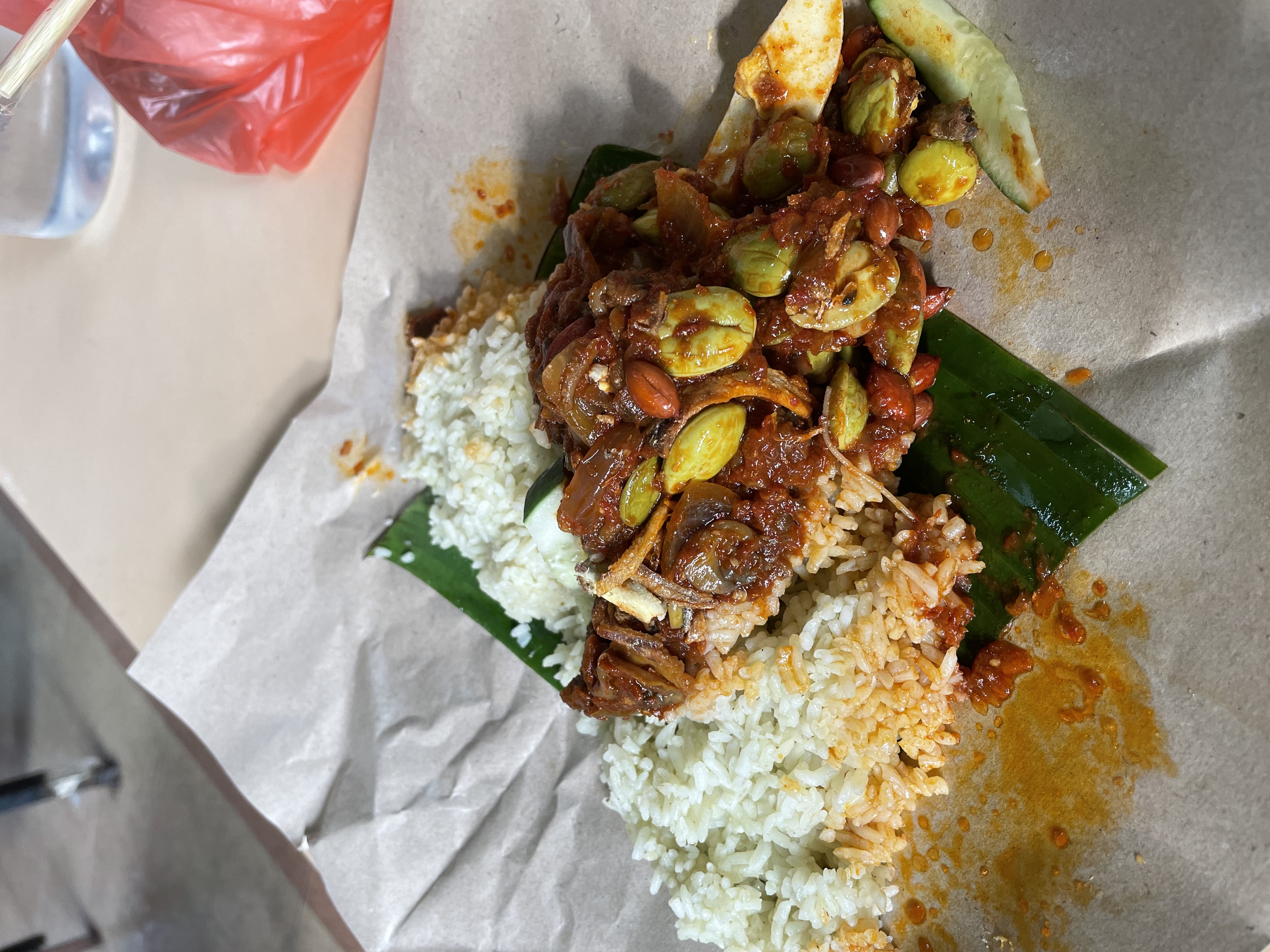I do Grab Food delivery and noticed that some shops purposely put different name on their Grab profile and actual signboard name. At first I thought it was just laziness or simply some people fucked up, an annoyance to us riders having to play hide and seek, but now I begin to feel like this is a deliberate ploy.
These are so called virtual kitchens. They don’t actually exist, but just a front for some other companies/operations. Nothing wrong with that, even Nestle don’t sell everything under the Nestle brand.
Where it gets insidious is when a single shop use multi terminals, spamming the marketplace. Customer don’t realise that the vast choice they see on the platform are actually them getting more of the same, and platform owners don’t mind because it makes their platform look thriving. This is just hearsay but it seems like the platform marketing people are also encouraging/facilitating this behind the scene.
For customers, virtual kitchens by brick and mortar restaurants is not a big problem actually, other than feeling spoffed, since this are still run by people with actual experience in food business industry.
Dedicated virtual kitchens? Those can be really sketchy. They don’t accept dine ins, so there is zero customer monitoring of their cleanliness etc. Even for us riders we can only go up until the hole in the wall pickup counter. Can’t see anything inside.
British media did a coverage on this in the UK, aka ghost kitchens
And since they are not an eatery there is also a question on whether they are subjected to inspection by the authorities. I don’t recall seeing any of those Gred Kebersihan stickers in these premises.
So yeah, guys, tech doesn’t always make life better. It can be a source of issues that we have no idea how to navigate at all.
Caveat emptor. (Buyer beware)
I once came across a Grab Food listing that resembles Old Town White Coffee, but didn’t call itself that (Salt & Spice). [ref. paragraph 4]
Some listings made it clear that they’re street vendors, or selling from food trucks. But even these info may be a facade like you described.
This is very interesting. Some clever people are playing with the system:
We already have a kitchen and staff available. We can attract some higher price range customers (and higher profit margin) if we give more meat and prettier boxes, and use a different business name that is not related to our mid-price business.
Where it gets insidious is when a single shop use multi terminals, spamming the marketplace. Customer don’t realise that the vast choice they see on the platform are actually them getting more of the same, and platform owners don’t mind because it makes their platform look thriving.
I think that’s actually quite common. Not only on food delivery etc, but also in consumer goods. Like, a standard factory that churns out peanut butter. The one with a certain brand label sells for RM 15 per jar but the one with a supermarket brand label sells for RM 9 per jar.
Even iPhone is also doing similar things to maximise profit. Back when things were simpler, they only sold iPhone n (instead of standard, pro, promax, mini etc) and the only variation available was the internal memory size. Memory size is literally a tiny memory chip that don’t cost much, but they can sell the bigger memory iPhone at a HIGH price to maximise profit from people who’s ok with spending, and sell smaller memory iPhone at a lower price so that they don’t lose the people who cannot afford to spend tons.
Airline tickets are also a good example of market segmentation. If you sell one price, you can’t earn extra from the spendy people and you can’t sell to the poor people. So you make many different tickets with slightly different advantages, and now the spendy people can buy the expensive tickets, and the poor folk can buy the cheap no-changes and no-refunds kind of tickets.
All the above examples (peanut butter, iPhone, air tickets) are quite normal example of market segmentation that sometimes appear in text books.
You can see that in other areas too. Same Toyota Vios with hugely different price, the difference being add ons that don’t cost that much (bigger wheels, side skirt, painted door handles, reverse camera)
One of my favorite restaurants in my area actually started during the pandemic as a ghost kitchen.
Eddie Burback on YT did a pretty good video about this a year or so back. Was the first I’ve heard of it, but now I see it everywhere.
I’ve been curious about this because in my area I tend to order from places I’ve seen, including roadside vendors… but I wonder if it’s neighbourhood-dependent? Ganbatte to you and other riders tho! Without y’all I can’t survive.



